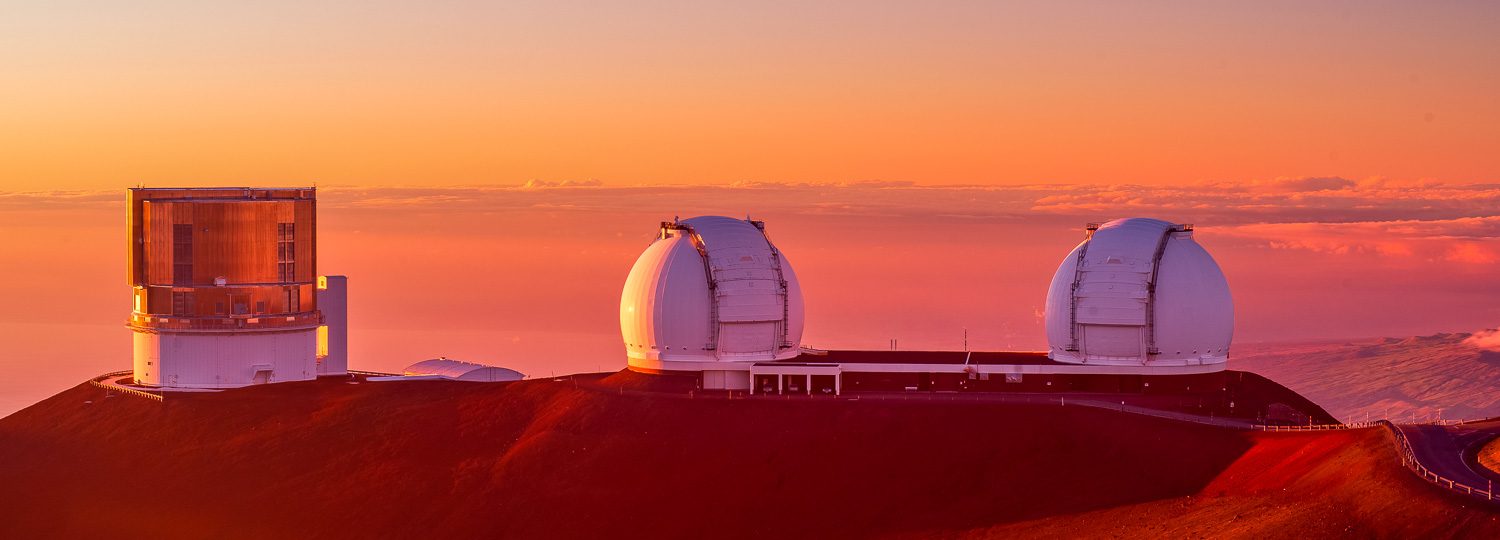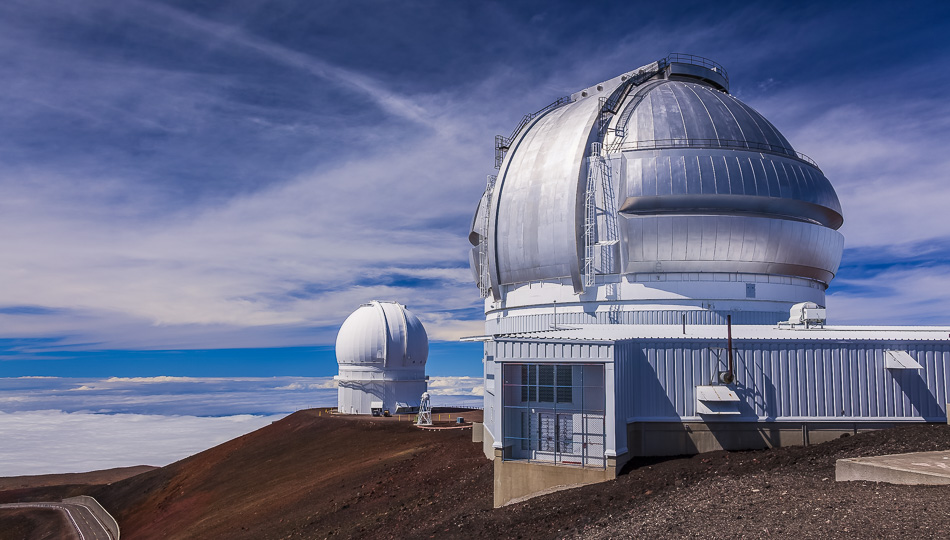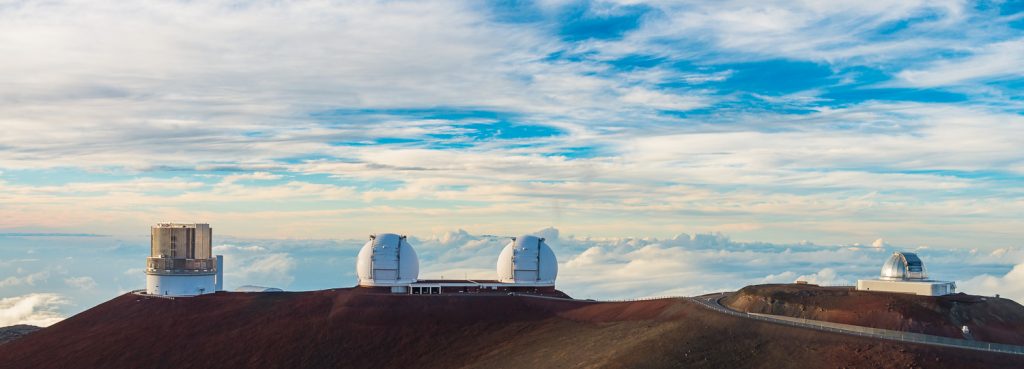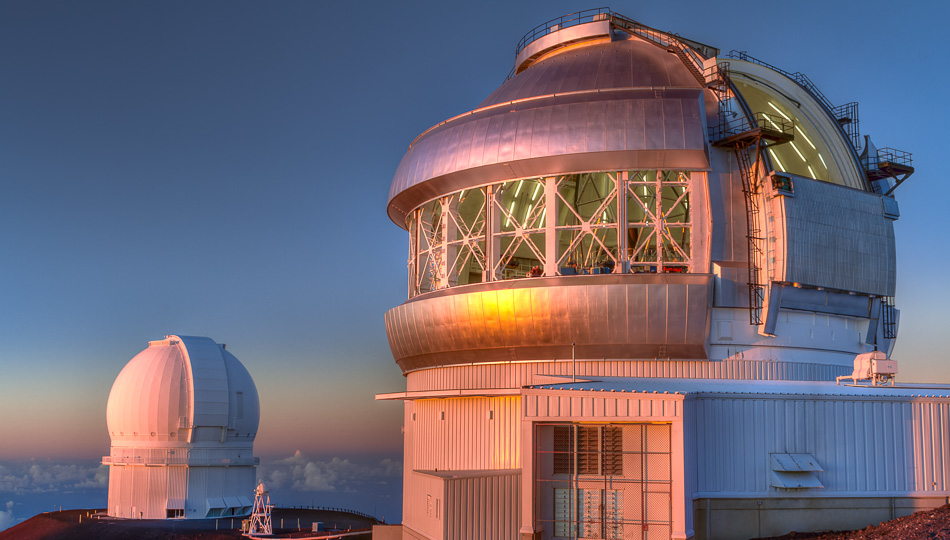Go Stargazing at the top of Mauna Kea
Mauna Kea is the tallest sea mountain in the world, offering unprecedented views of the heavens above. So get ready for some stargazing like you’ve never seen before.

The Big Island of Hawaii is known for many things: amazing waterfalls, stunning beaches, and outdoor adventures like you’ve never experienced. But atop the island’s highest mountain, leading scientists from around the world have been conducting crucial research into the stars, the origins of the universe, and tracking unknown objects in the night sky. More than 11 countries, non-profit institutions, and scientific cooperatives have established, funded, and maintained 13 telescopes atop Mauna Kea’s arid summit, which is uniquely suited for ground-based astronomy.
While visitors aren’t permitted to explore and experience the observatories, there are stargazing tours that can give you an incredible stargazing experience.
Epic! Tours
This is one of our favorite Mauna Kea Stargazing experiences. If you are looking for stargazing, they know the best times and spots for dark skies. Please note: they do not go to the summit for sunset. Their tours start later so you can go up and see sunset on your own then meet up with them for stargazing. Tour lasts around 2 hours.
For those interested in the work these organizations are doing atop the Big Island’s crown, read on for more details on the observatories:
Used to detect celestial bodies within the visible and electromagnetic spectrums, optical and infrared telescopes observe objects throughout the universe that emit electromagnetic radiation. Infrared telescopes can measure objects falling between the infrared light spectrum (0.75-300 micrometers). Using mirrors and lenses to capture and view objects, these telescopes operate best at higher elevations and in dry places, which makes the arid environment of Mauna Kea’s 13,000-foot summit ideal for visible light observation. The following telescopes have been constructed over the last 50 years and continue to make advancements in tracking celestial objects in the starry skies above the Big Island and the world:
UH Hilo Educational Telescope
Operated by the University of Hawaii – Hilo
Established 2010
UH 2.2-m Telescope
Operated by the University of Hawaii Institute for Astronomy
Established 1970
NASA Infrared Telescope Facility
Operated by NASA
Established 1979
Canada-France-Hawaii Telescope
Operated by Canada, France, and the University of Hawaii
Established 1979

United Kingdom Infrared Telescope
Operated by the United Kingdom
Established 1979
W.M. Keck Observatory
Operated by Caltech, the University of California, California Association for Research in Astronomy
Established 1993

W.M. Keck Observatory II
Operated by Caltech, the University of California, California Association for Research in Astronomy
Established 1996
Subaru Telescope
Operated by Japan
Established 1999
Gemini Northern Telescope
Operated by the United States, United Kingdom, Canada, Argentina, Australia, Brazil, Chile
Established 1999

A style of observational astronomy that focuses on submillimeter wavelengths of the electromagnetic spectrum, submillimeter telescopes observe distant objects in the solar system, interstellar gas, dust, and distant galaxies. The James Clerk Maxwell Telescope at Mauna Kea is the best established and most popular site for submillimeter observations from the ground, with the precipitable water vapor levels and equatorial latitude of the site make for ideal observation conditions.
Caltech Submillimeter Observatory
This Observatory was fully decommissioned in 2024, all buildings were removed from the mountain and the site was restored.
Previously Operated by Caltech, the National Science Foundation
Established 1987, Decommissioned 2024
James Clerk Maxwell Telescope
Operated by the East Asian Observatory
Established 1987
Submillimeter Array
Operated by the Smithsonian Astrophysical Observatory and ASIAA of Taiwan
Established 2002
Measuring the radio frequency fields within the electromagnetic spectrum, these telescopes measure radio waves and communicate with satellites and space probes. Radio telescopes are also able to observe objects in space such as quasars and pulsars, imaging astronomical objects like galaxies, nebulae, and radio emissions from objects afar.
Very Long Baseline Array
Operated by the National Radio Astronomy Observatory, Associated Universities, Inc., the National Science Foundation
Established 1992
DISCLAIMER
* This post may contain affiliate links which means we receive a small commission for each completed booking or purchase made through our site. This is done without any additional cost to you. By booking through our website you help us to provide free information to help you and others plan their perfect Big Island vacation. Thank you for your support! Please note that you are booking directly with the tour provider and will need to contact them directly for any booking related changes or questions.
Mauna Kea is the tallest sea mountain in the world, offering unprecedented views of the heavens above. So get ready for some stargazing like you’ve never seen before.
Polynesian Voyaging was a nearly lost art and science that has been revived in recent years
Mauna Kea is the highest point in the state of Hawaii, that’s why it’s so important to stay safe and take every precaution before venturing up the summit.